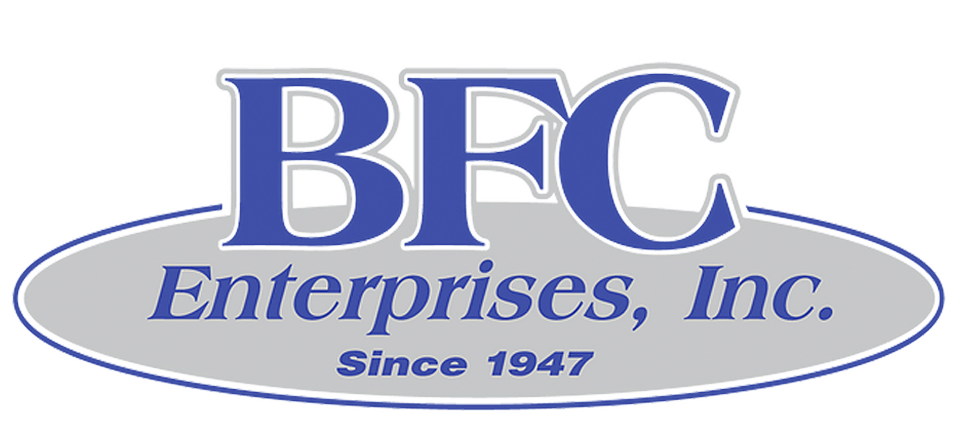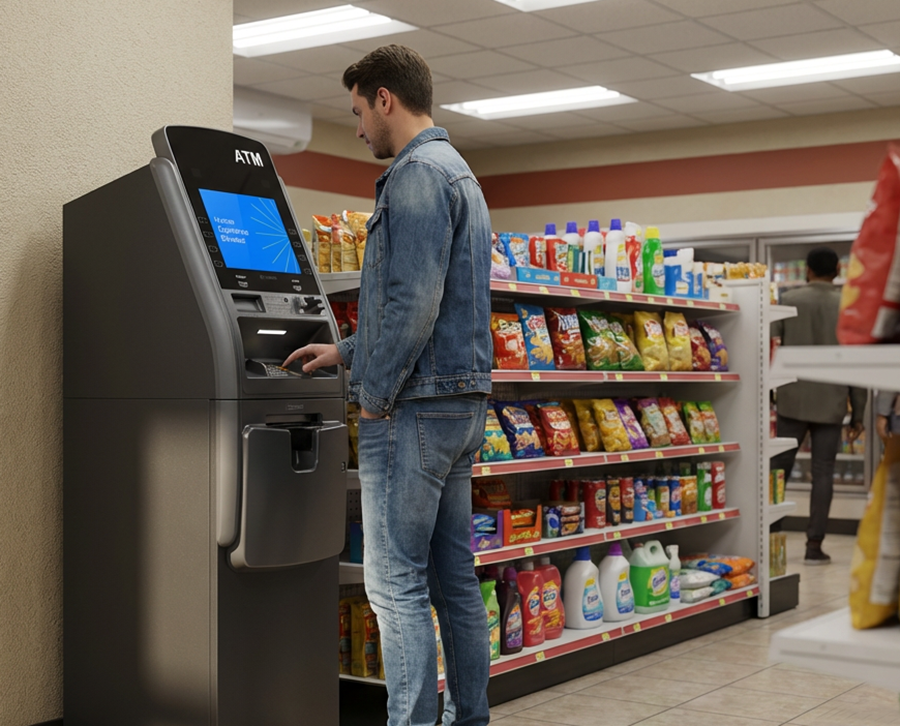There has been a lot of talk in the news over the last decade or so about the coming cashless world economy. There is no doubt for most consumers tapping, swiping or inserting a card is more convenient than paying cash. But what are the pros and cons of the US going cashless?
For starters, not accepting cash discriminates against the 63 million unbanked and underbanked US residents who have little or no access to electronic payments. Which might be a big reason why big box retailers like Amazon Go recently reversed their decision to go cashless at their “cashierless” retail stores.
So, whether you own a corner gas station, a quickie-mart, a hair salon, or the local taco bar, by not accepting cash you may be excluding an astounding number of customers who rely on cash.
Let's explore a little more…

Why the Card Networks & Government LOVE Electronic Payments
For the payment card networks (Visa, MasterCard, Discover, etc.) profit is the major motivator when it comes to promoting a cashless society. Each time a consumer pays by card or uses their phone to make a purchase, the payment giant processing that payment earns a profit in the form of a three to four percent fee charged to merchants.
But the networks aren’t the only entities that benefits as more people stop carrying cash. The US Treasury benefits by being able to collect additional taxes. Under the 2021 American Rescue Plan , the $1.9 trillion COVID stimulus package, a new rule requires cash apps like Venmo, Zelle and PayPal to monitor and track users that receive over $600 in a calendar year, and in turn pay taxes on that money. While the legislators “promised” to not affect personal transactions like gifts or money sent by a friend, gig workers, freelancers and people with side jobs, like the guy who cuts your lawn, will be sent an IRS 1099-K form.
Pros & Cons of Not Accepting Cash
While going cashless may be convenient for merchants, there are some drawbacks. On the plus side cashless transactions are fast, eliminate time counting cash and going to the bank, and there is no risk of shrinkage due to human error.
But do the negatives outweigh the positive benefits?
- Card payments are expensive . Merchants pay 3-4% of each transaction on card processing fees. While that may not sound like much it can cut into profit margin quickly. A $5 payment for example may mean the retailer is only collecting $4.80 on an item that already has a low profit margin.
- Electronic payments don’t work in an emergency . What happens when the electricity or internet goes? Cashless transactions rely on technology to work as opposed to cash. Cash can be used no matter if the business has electricity or internet service.
- Consumers like choice. According to a recent study, , 93% of consumers don’t think retailers should go cashless, and 85% of U.S. consumers say they would not shop in a business where they couldn’t use their , preferred payment choice .
- Not everyone has access to electronic payments . An estimated 22% of US adults (63 million Americans) including vulnerable populations such as low-income earners, retirees, some immigrants and people with disabilities have little or no access to electronic payments, according to a 2019 report by the Federal Reserve.
Americans are Not Ready to Give Up Cash
The bottom line is going cashless may sound like a solid business plan in theory, the truth is US consumers are not ready to give up cash and retailers who choose to go cashless risk turning away a large chunk of their potential customer base. In fact, studies show 83% of consumers have used cash in the last 30 days and businesses with an ATM on-site get more foot traffic simply because they offer the convenience of easy access to cash.
Here are just a few of the scenarios where consumers prefer cash:
- Help around the house : Odds are your babysitter, the teen who cuts your lawn and your handyman, who wants to avoid the “surprise” tax bill with the new power given to the IRS, aren’t going to take anything but cash.
- Emergencies: On the top of the list of items FEMA recommends for emergencies like hurricanes, blizzards, periods of unrest and war is a week to two weeks of cold hard cash.
- Tips : Restaurant servers prefer cash tips and Americans are more than willing to oblige.
- Small purchases : 59% of customers use cash for purchases less than $10.
- Budgeting : Studies show that budget conscious shoppers are better able to control their spending when they use cash.
- Privacy & Security: Unlike electronic payments, cash is private. It can’t be traced and 56% of Americans cite protection from data hacks as the top reason for paying in cash.
How Adding an ATM Can Benefit Your Business?
Overwhelmingly, Americans want to live in a society that , offers a cash payment option . And adding an ATM to your business provides a convenient alternative for the 56% of consumers who use an ATM each month to withdraw cash.
There are other benefits as well:
- 40% of ATM users spend half their cash withdrawal in the business where the machine is located.
- 32% of customers visit a business simply to use the ATM, increasing.
- Business owners earn revenue on every ATM transaction no matter if they own the machine or not.
- Having an ATM on-site helps to reduce card processing fees.
If you are looking for a way to increase traffic, lower costs and provide customers with the services they want… find out if your business qualifies for a free ATM.


